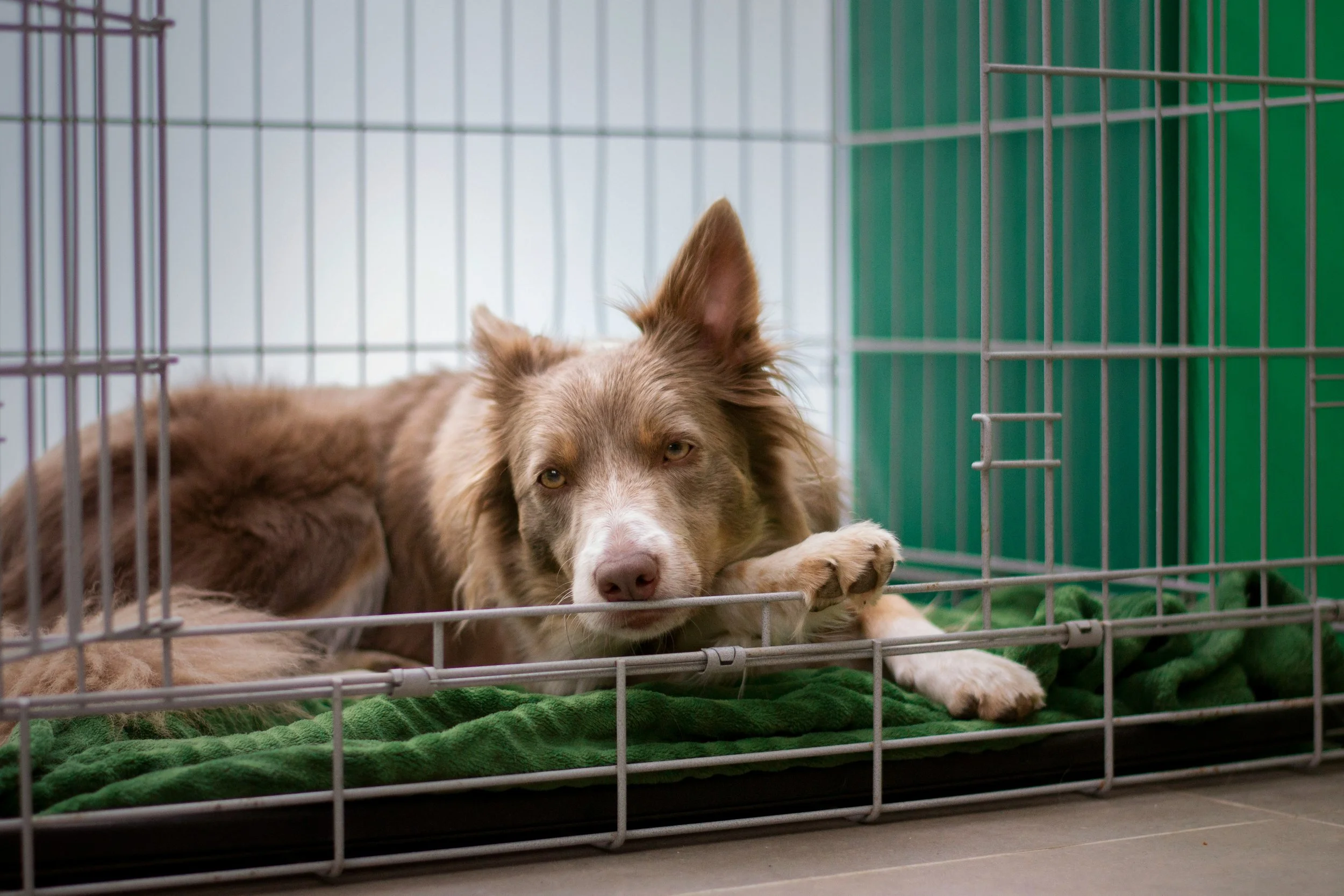The Trainer’s Ethos
the Dog Trainer’s Ethos—principles of patience, fairness, and respect that guide effective canine training. Learn how professional trainers balance science, intuition, and integrity to build lasting trust, improve behavior, and strengthen the human-dog bond.
Environmental Transitions
Settling in a new dog? Understand the difference between decompression and acclimation, and learn how to support your dog’s emotional and behavioral adjustment through clear timelines and science-backed practices.
Thresholds: Reactivity Tipping Points
Understanding your dog’s threshold is the key to unlocking meaningful behavior change. Whether you're working through fear, reactivity, or overstimulation, knowing where your dog’s “tipping point” lies helps you avoid pushing too far, too fast. In this article, we explore the four main types of thresholds—stress, reactivity, tolerance, and training—and how they shape your dog’s ability to learn, cope, and grow. With visual guides and practical examples, you'll learn how to work below threshold to build emotional resilience and lasting progress.
Resource Guarding
Resource guarding in dogs often leaves pet owners puzzled and frustrated. However, the behavior isn't merely a sign of a 'stubborn' or 'dominant' dog; it's a complex issue rooted in the animal's perception of who controls resources in the household. This blog explores the psychology behind resource guarding and why simply teaching obedience commands won't solve the problem. We delve into how resources like time and movement play pivotal roles and why establishing a structured daily routine is the ultimate key to rehabilitation. Discover how to shift your dog's mindset and foster a harmonious living environment for all.
Leadership & Boundaries
In the unique relationship between humans and dogs, leadership and clear, non-negotiable boundaries are key. These boundaries aren't about control but about protection, understanding, and love. Consider a hike in the forest where your dog is drawn to a wild mushroom patch. The allure might be strong, but as the leader, calling your dog away is non-negotiable for their safety. This act of leadership builds trust and forms a bond that respects both freedom and well-being. It's a delicate balance that, when achieved, creates a harmonious and rewarding partnership.
Mindfulness in Dog Training
Mindful interactions with our dogs involve being present and intentional in our communication. It's about pausing to ask ourselves, 'Is this a behavior or response I want to encourage, reinforce, or reward?' This simple yet powerful question can significantly impact our dogs' behavior and our relationship with them. By being mindful of how we communicate, we can enhance our bond, improve their behavior, and ultimately, lead to a more harmonious household. Remember, every interaction is an opportunity to teach, guide, and love our dogs. Let's make each interaction count.
Crating 101
Discover the crucial role of crating in ensuring your dog's safety and preventing behavioral issues. Learn how crating can prevent dogs from developing self-reinforcing nuisance behaviors and protect them from potential dangers. Understand how it helps manage overexcitement and promotes proper greetings. This blog post dives deep into the benefits of crating, creating a secure, den-like atmosphere for your pet when you're away.
The Messy Middle
What is The Messy Middle?
In the context of changing behavior or establishing new routines, the term "Messy Middle" refers to the challenging and often difficult phase that occurs during the process of behavior change. It typically occurs between the initial stages of setting a goal or adopting a new behavior and the ultimate achievement of that goal or the successful integration of the desired behavior.










